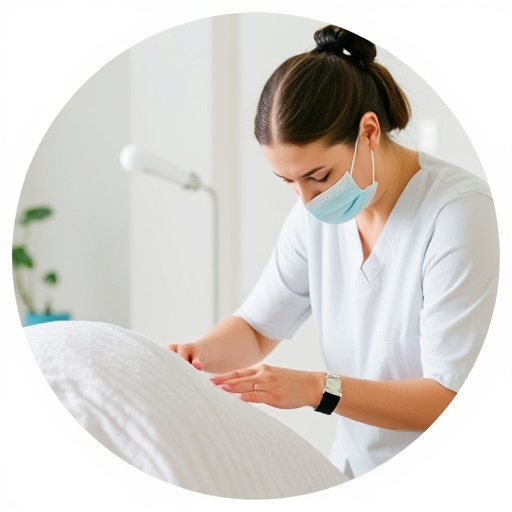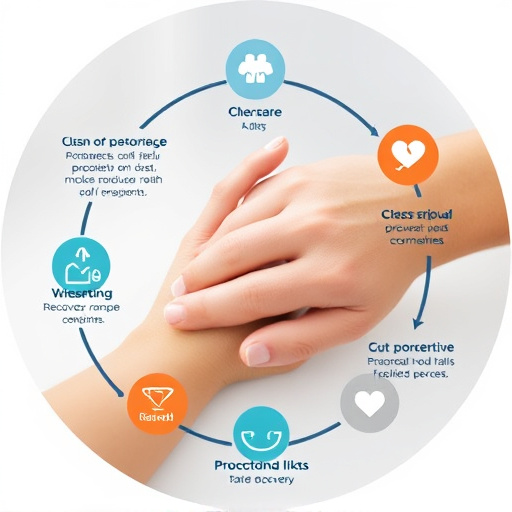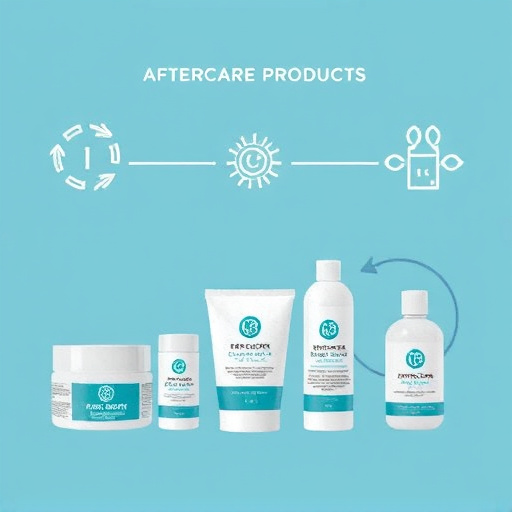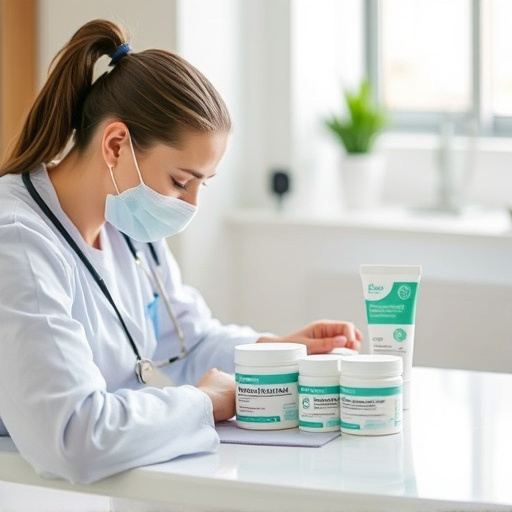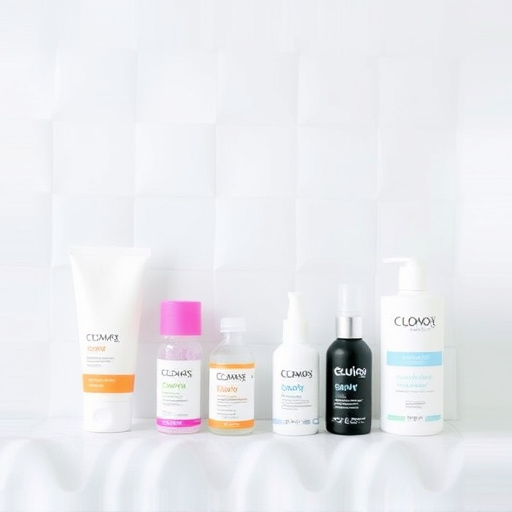Laser Hair Removal Recovery: A Comprehensive Guide
Understanding laser hair removal recovery is essential for managing expectations. Recovery times vary based on skin tone, hair thickness, and treatment area. Post-treatment care involves keeping the area clean, moisturized, avoiding sunlight, and resting. Temporary redness, swelling, or discomfort are normal but usually subside within days. Patience is key; avoid picking at peeling skin. To hasten recovery, focus on reducing inflammation and supporting cellular regeneration with cold compresses, topical creams, adequate rest, balanced nutrition, and hydration. Proper post-treatment care, including clean maintenance, cooling gels, staying hydrated, minimal sun exposure, and avoiding strenuous activities, significantly reduces recovery time and enhances outcomes.
Discover the secrets to a swift and effective laser hair removal recovery. Our expert guide delves into the intricacies of understanding the recovery process, offering valuable insights on optimizing your body’s natural healing response. From pre-treatment preparation to post-care routines, we provide essential tips for faster recovery and enhanced results. Learn how to navigate the journey towards smooth, hair-free skin with confidence, ensuring you make the most out of this transformative procedure.
- Understanding Laser Hair Removal Recovery Process
- Optimizing Your Body's Healing Response
- Post-Treatment Care: Tips for Faster Recovery and Results
Understanding Laser Hair Removal Recovery Process
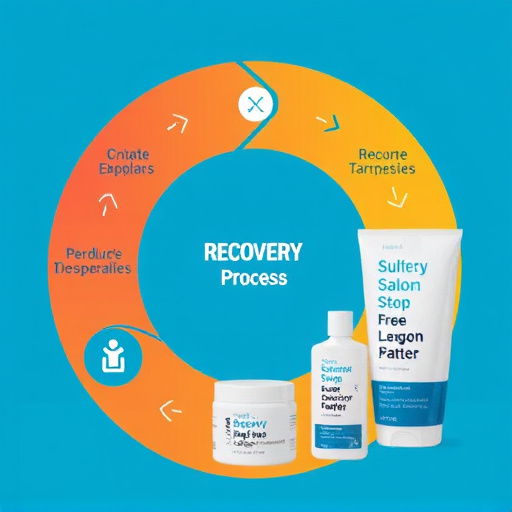
Understanding the recovery process after laser hair removal is essential for setting realistic expectations and ensuring a smooth journey to achieving your desired results. The first step to comprehending this process is recognizing that every individual’s experience may vary. Laser hair removal recovery time, for instance, can differ based on factors such as skin tone, hair thickness, and the area being treated.
During the recovery period, it’s crucial to follow post-treatment instructions diligently. This typically involves keeping the treated area clean and moisturized, staying out of direct sunlight, and avoiding strenuous activities that might cause irritation. You may experience temporary redness, swelling, or mild discomfort, but these symptoms usually subside within a few days. It’s important to be patient and avoid picking at any peeling skin to expedite the healing process.
Optimizing Your Body's Healing Response
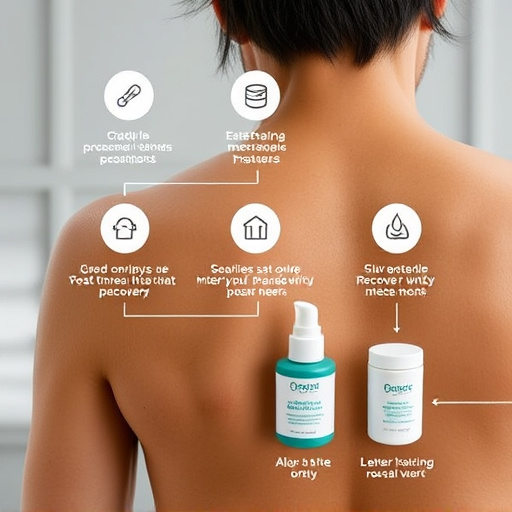
The human body has an incredible capacity for healing, and optimizing this process is key to a swift and effective recovery after any procedure, including laser hair removal. Understanding your body’s natural response allows you to enhance the results of your treatment. During the initial stages of recovery from laser hair removal, it’s crucial to focus on reducing inflammation and supporting cellular regeneration. This includes applying cold compresses to minimize swelling and using topical creams or oils recommended by a dermatologist to soothe the skin.
Adequate rest and nutrition play a significant role in this process too. Getting enough sleep allows your body to release growth hormones that aid in tissue repair, while a balanced diet rich in antioxidants and vitamins supports collagen production, ensuring your skin heals strongly and healthily. Additionally, staying hydrated helps flush out toxins and keeps the skin moisturized, which is vital for the healing process, especially during the post-laser hair removal recovery time.
Post-Treatment Care: Tips for Faster Recovery and Results
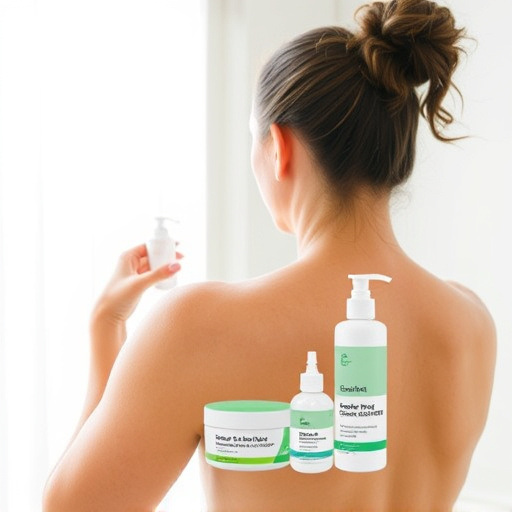
Post-Treatment care plays a pivotal role in accelerating your recovery process and enhancing the outcomes of laser hair removal. In the immediate aftermath of the procedure, it’s crucial to maintain the treated area clean and protected. This involves gently washing the skin with a mild cleanser and avoiding harsh scrubs or products that could irritate the sensitive tissue. Applying a cooling gel or aloe vera can help alleviate any lingering discomfort while promoting healing.
For optimal results, stay hydrated by drinking plenty of water, as this supports the body’s natural inflammation response. Sun exposure should be minimised; wearing protective clothing and sunscreen is essential to prevent hyperpigmentation. Refrain from strenuous activities or saunas for the recommended period post-treatment, allowing your skin to heal undisturbed. Remember, adhering to these simple tips can significantly impact your recovery time, making laser hair removal an even more effective solution.
Now that you’re armed with expert insights on the laser hair removal recovery process, optimizing healing, and post-treatment care tips, it’s time to embrace smoother, softer skin. Remember, a thorough understanding of the recovery timeline—typically ranging from 24 to 72 hours—is key to minimizing discomfort and maximizing results. By following these guidelines, you’ll be well on your way to achieving the hair-free, radiant complexion you desire.








